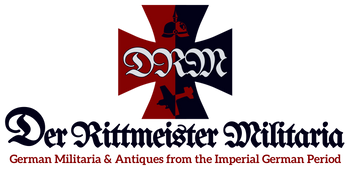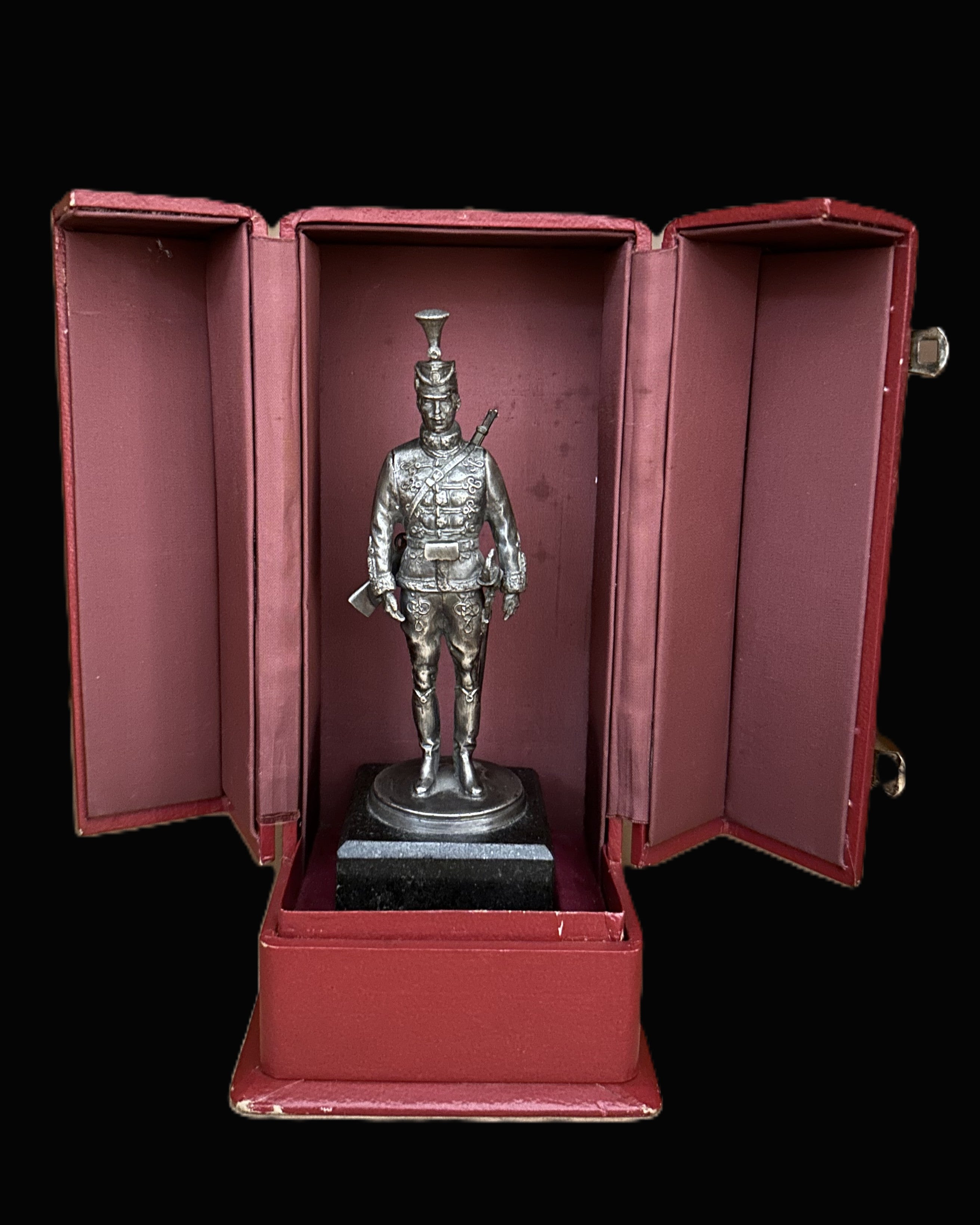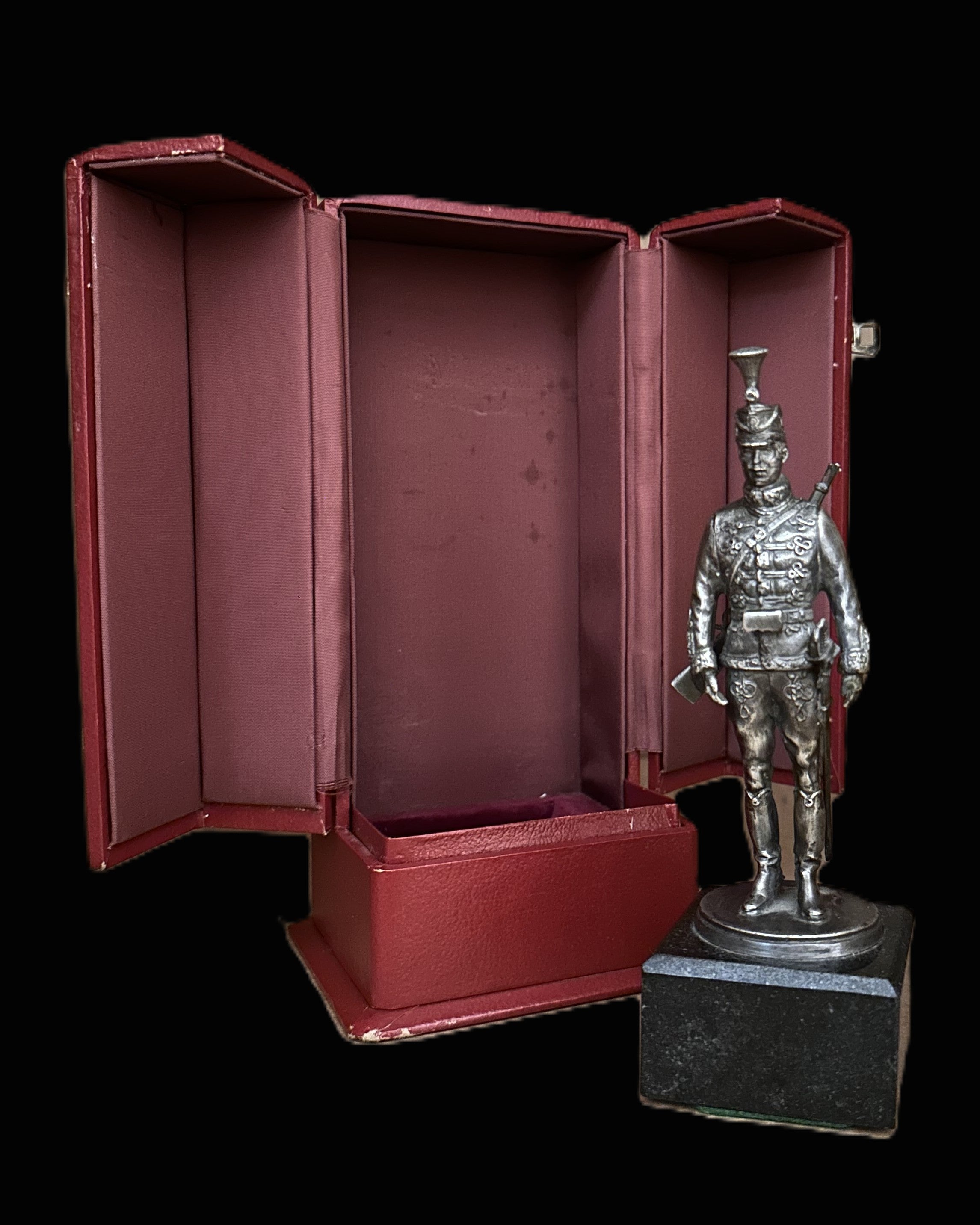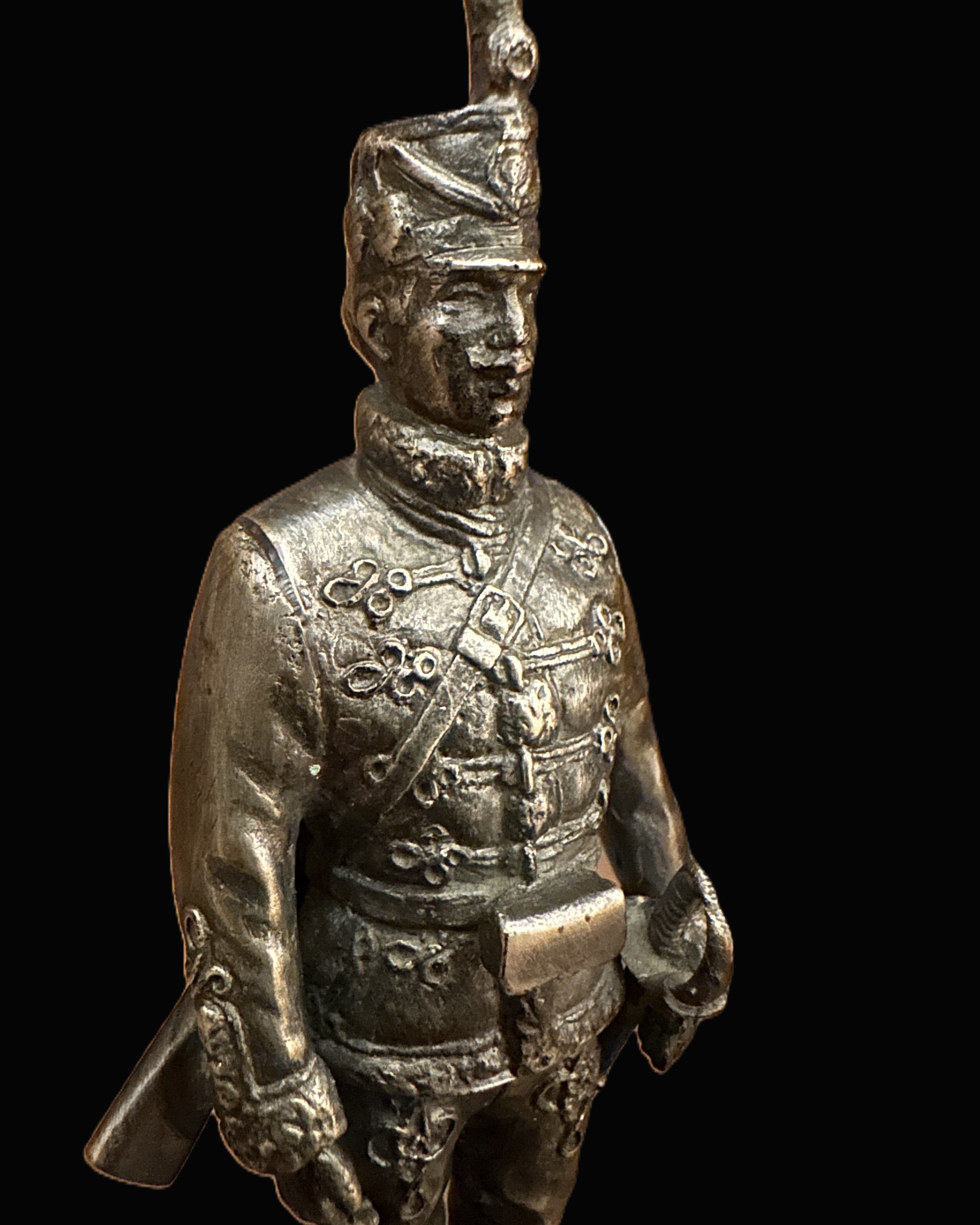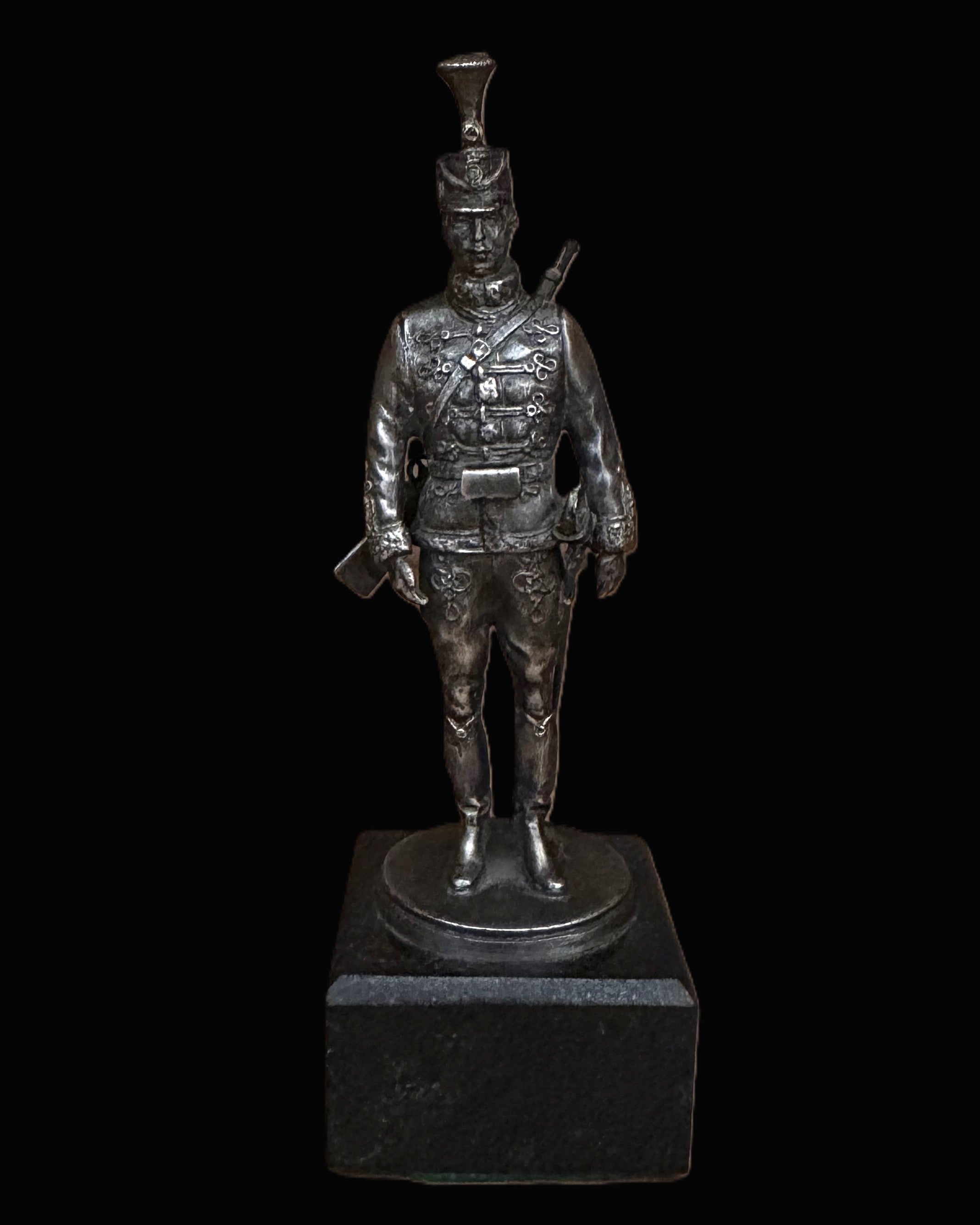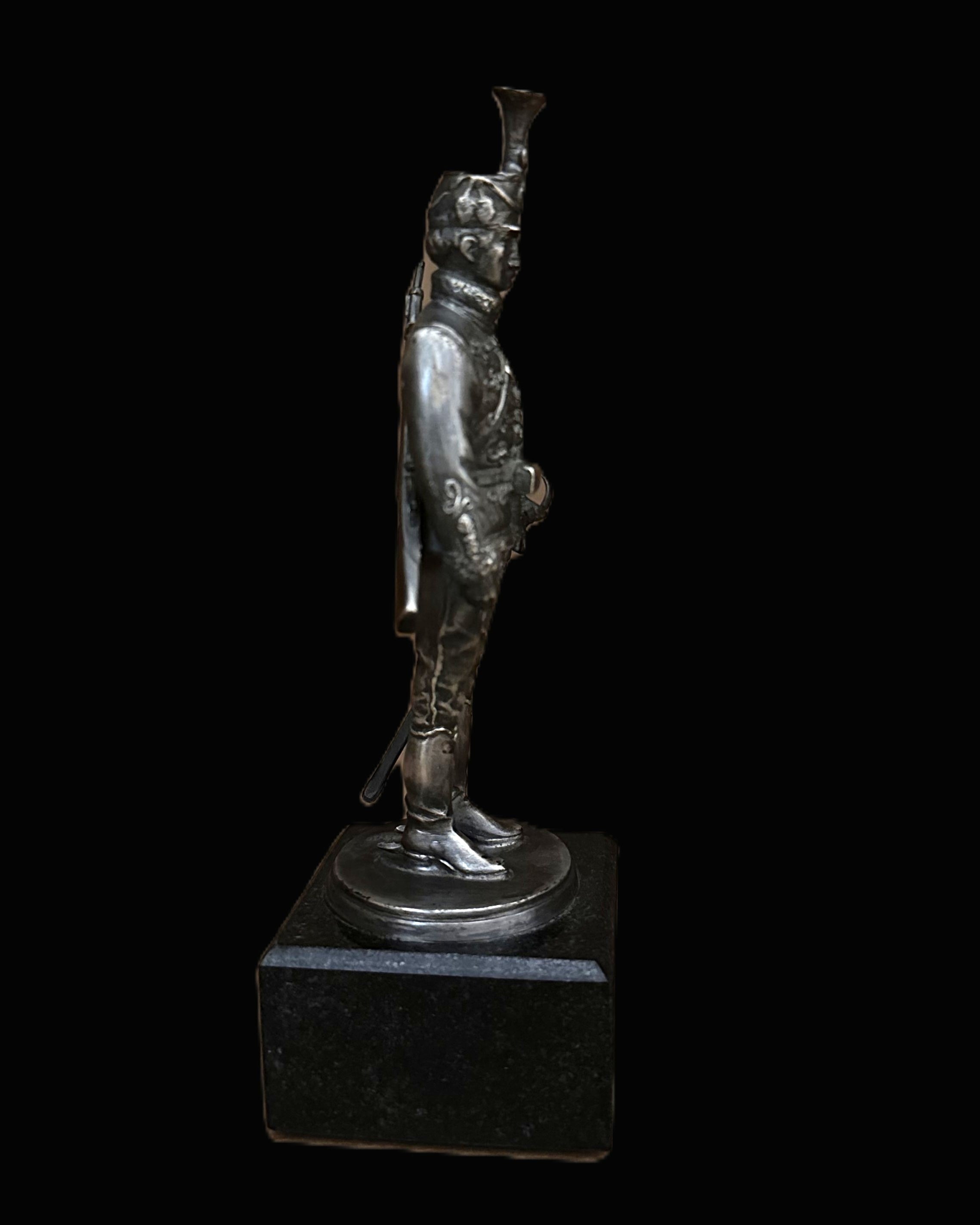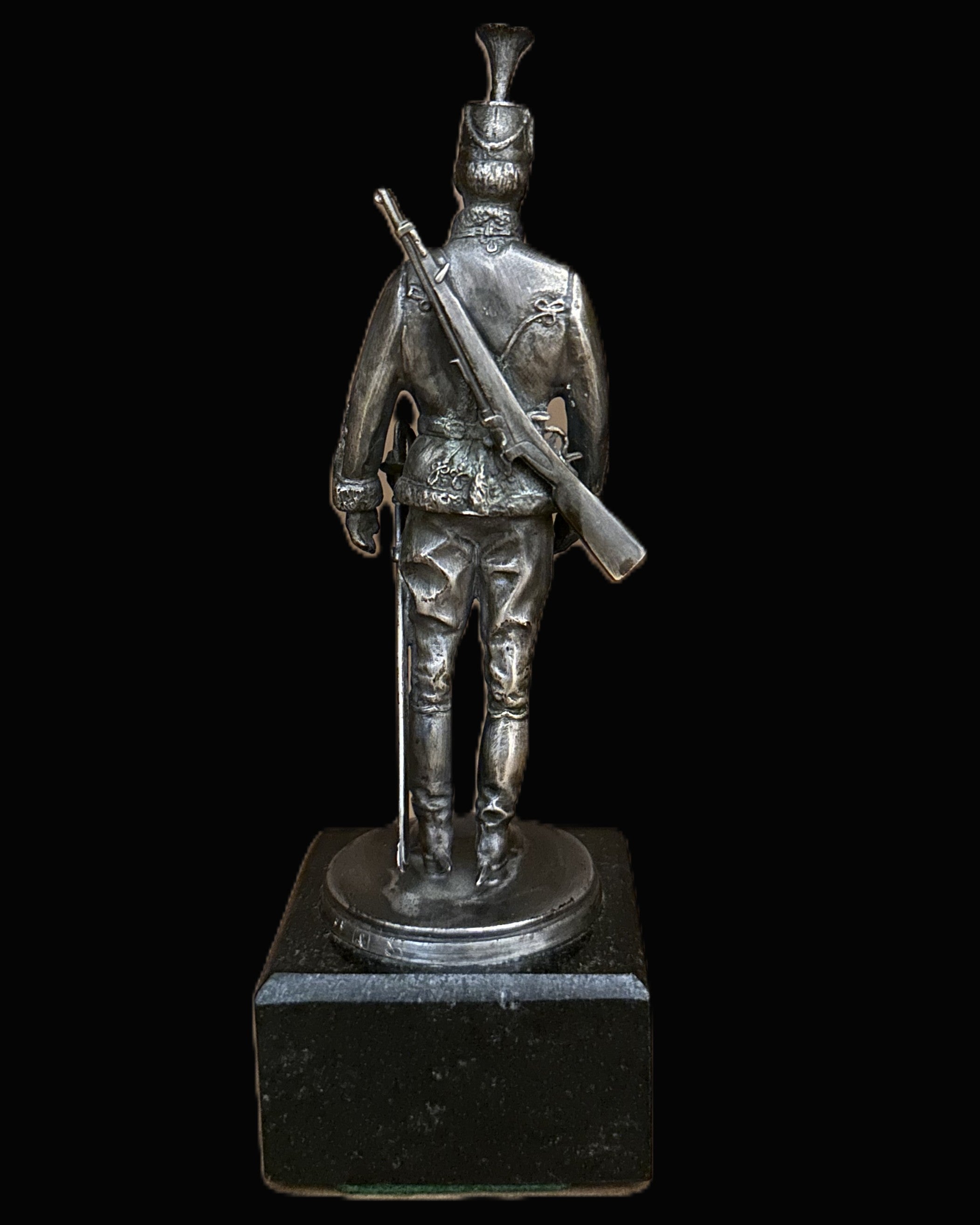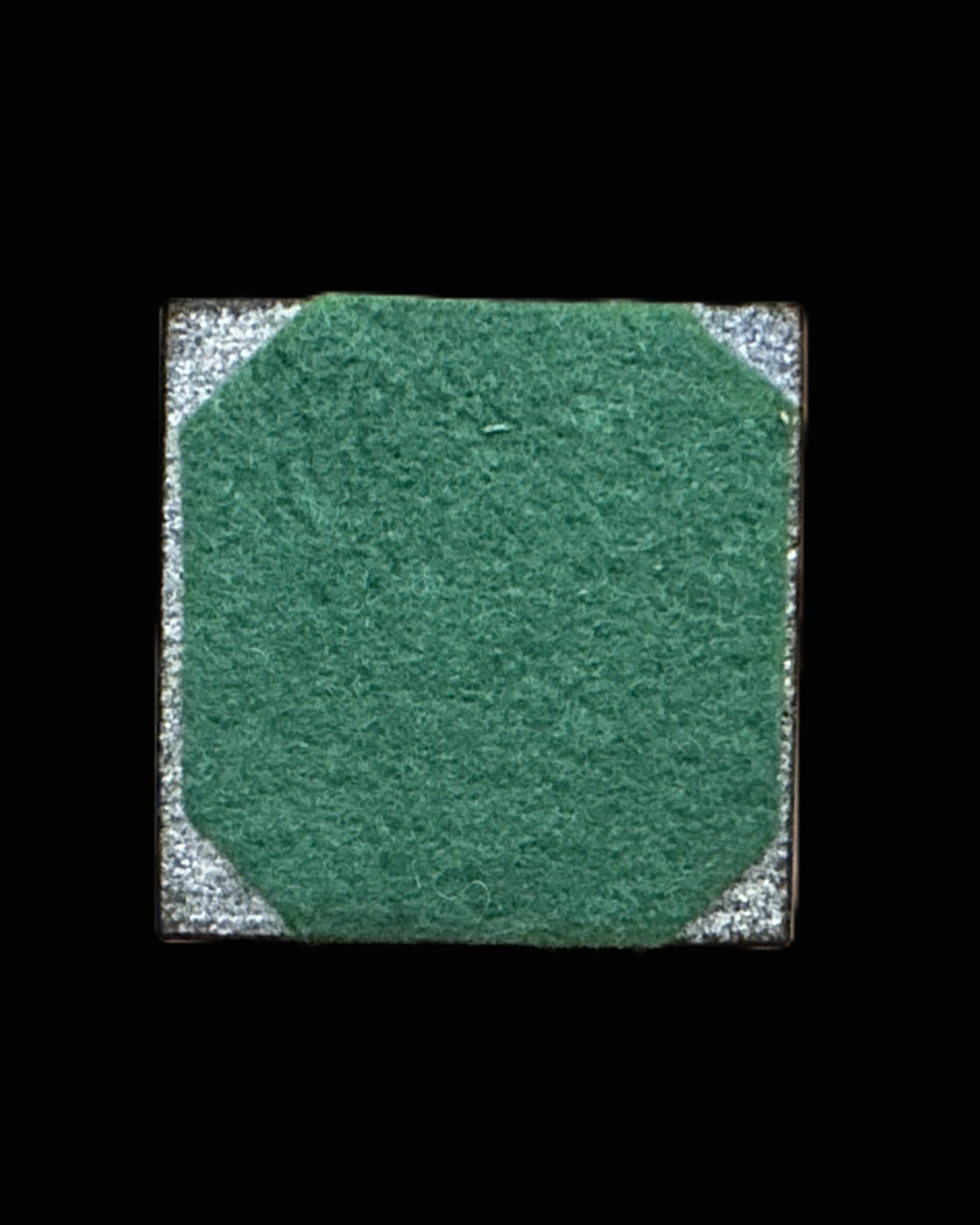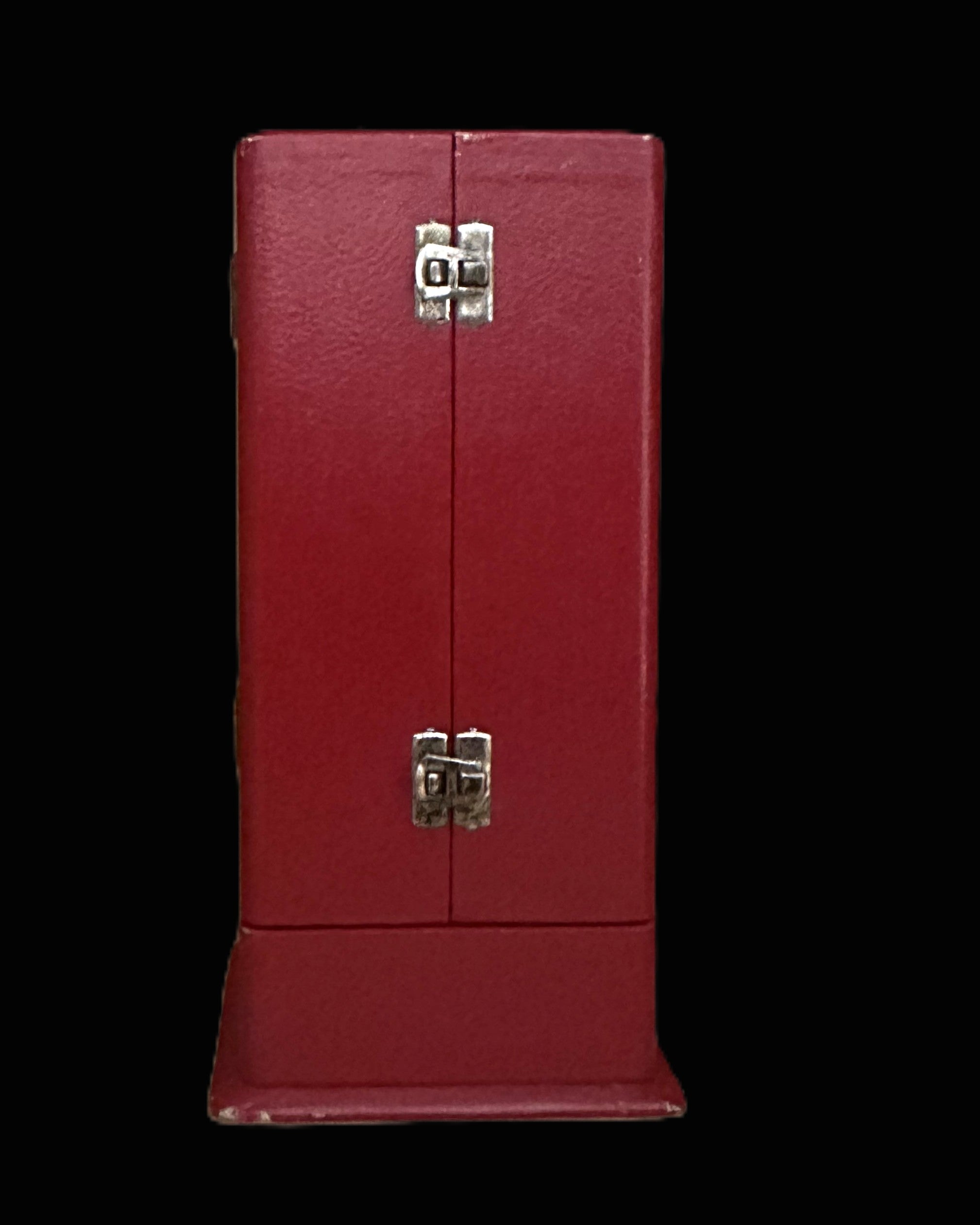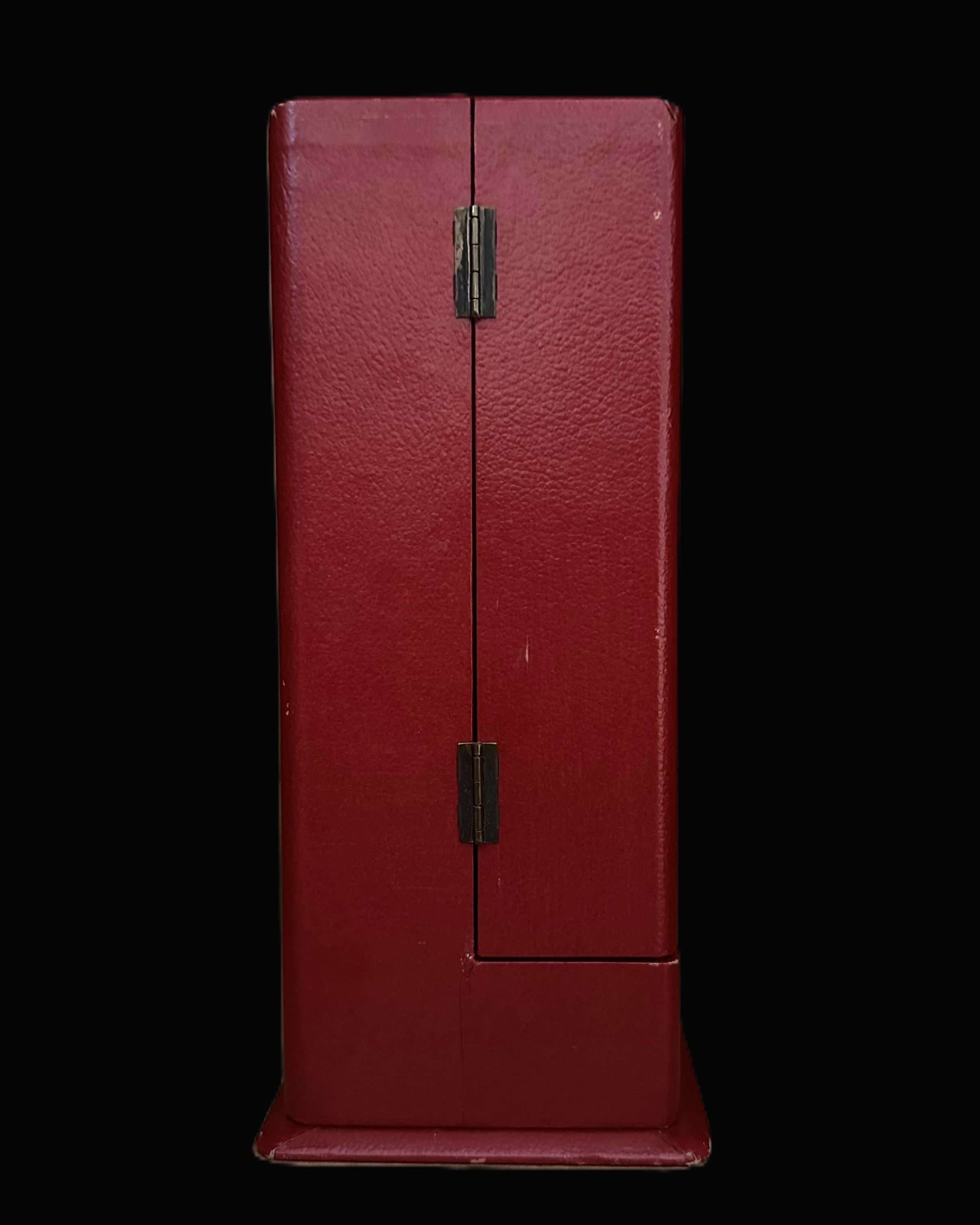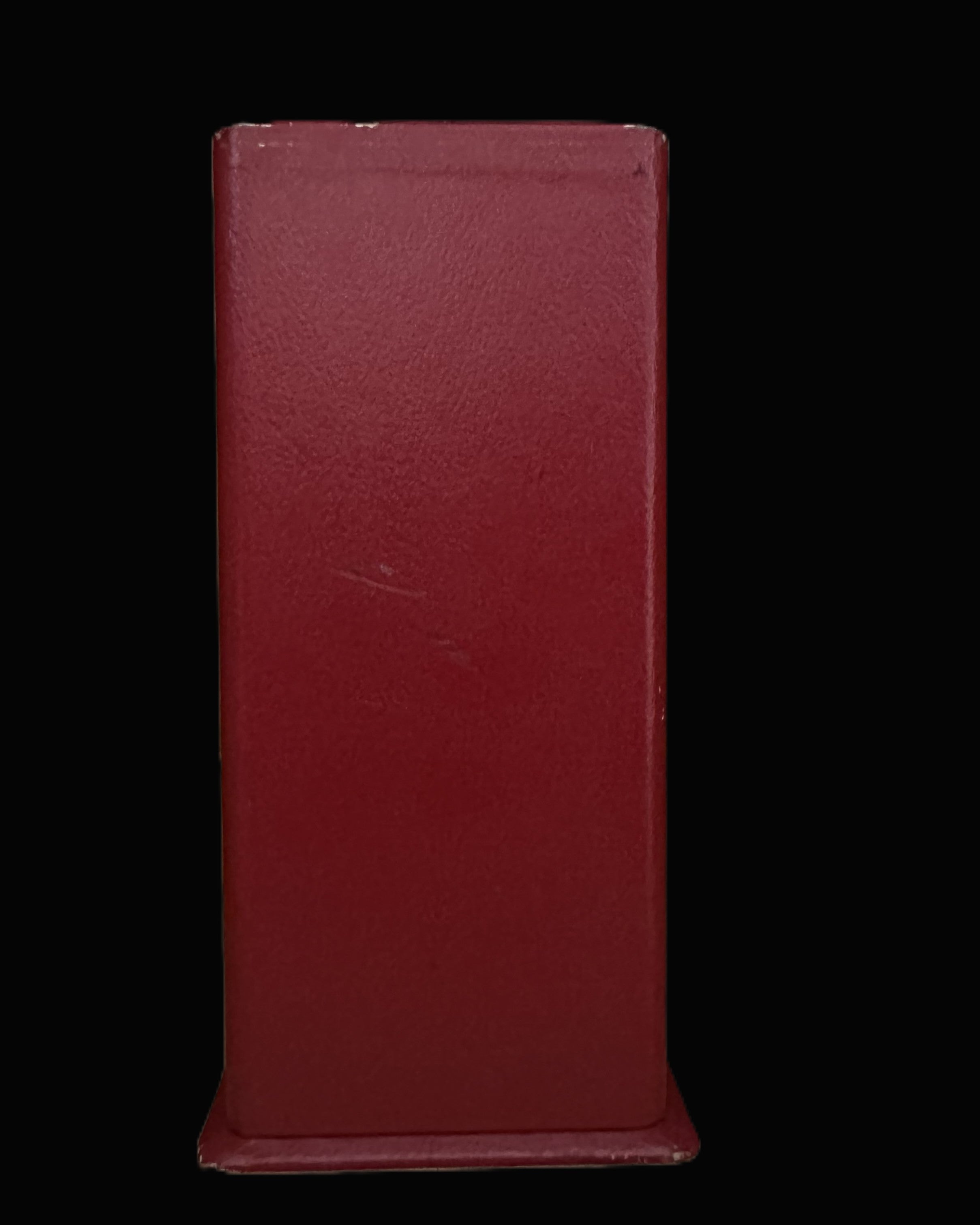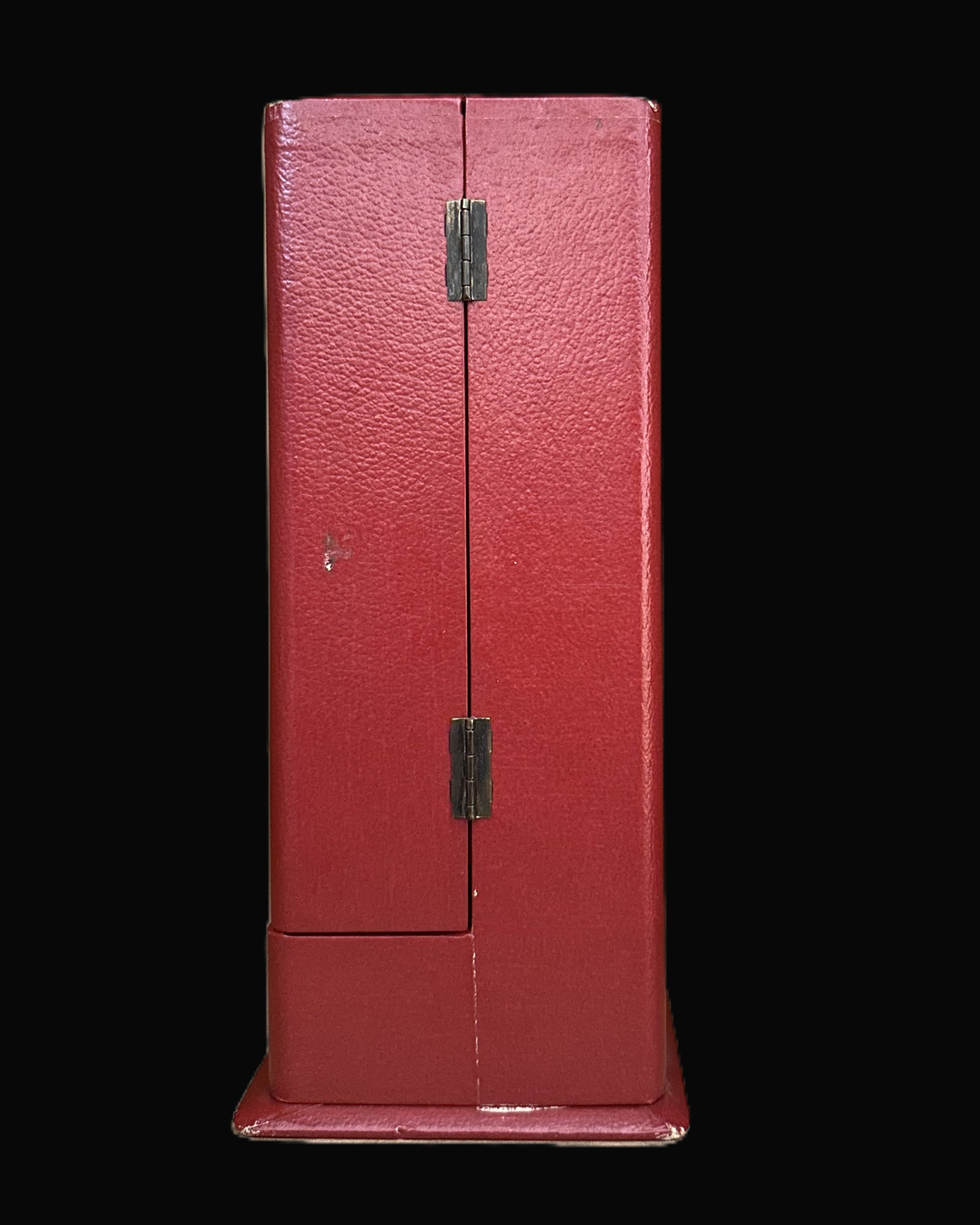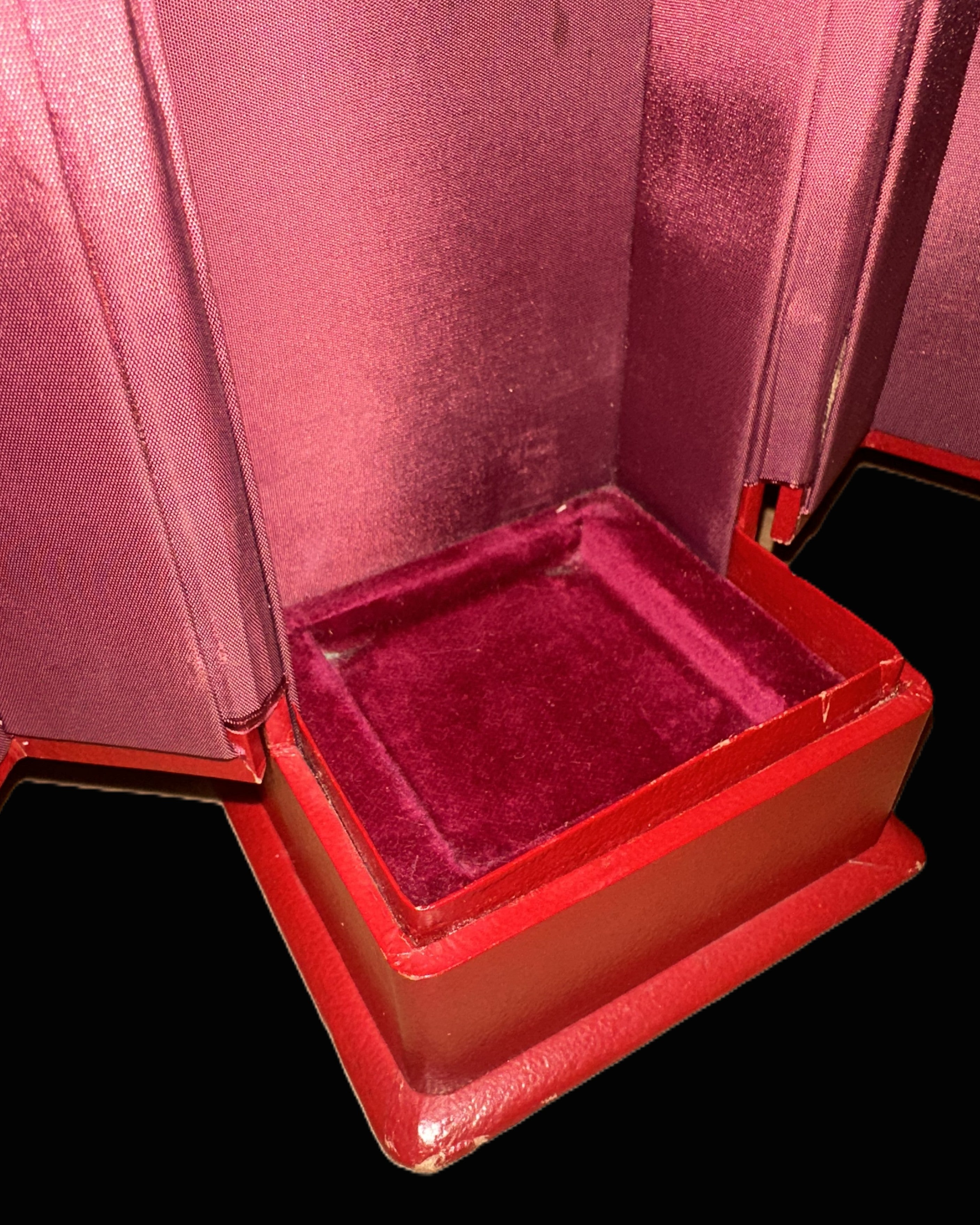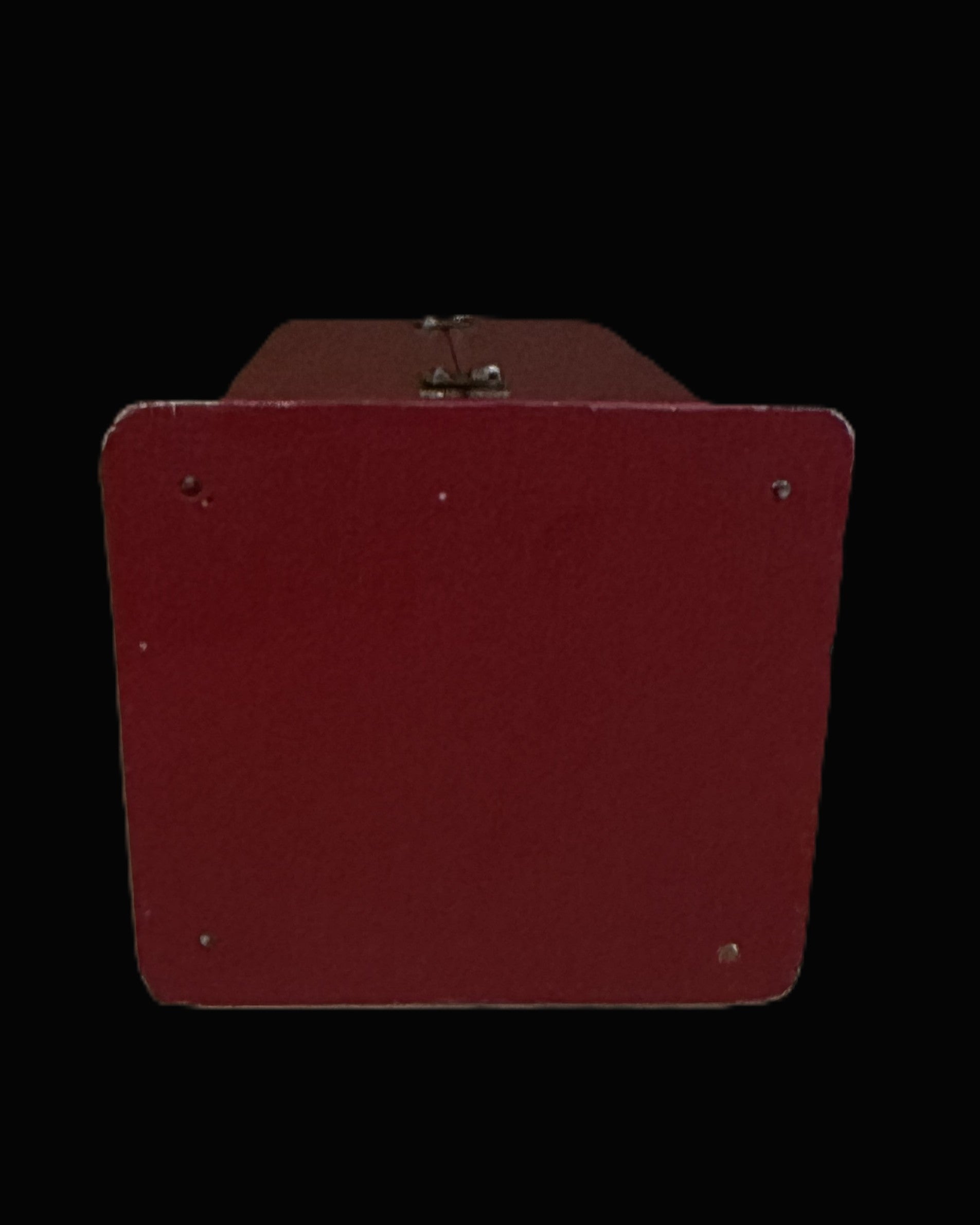Prussian Hussar Officer Presentation Statuette in Case
- Regular price
- $795.00
- Sale price
- $795.00
- Regular price
SKU: 18-80
This finely cast metal statuette represents a Prussian Hussar officer in full dress uniform, mounted on a black stone plinth and housed in a fitted red presentation case. The figure measures 6.5 inches tall (overall height including base) with a 2 x 2 inch square base, and weighs approximately 1 lb. The case measures 8 x 3.5 x 3 inches and weighs 12 oz.
The officer is depicted in the flamboyant attire that epitomized the Imperial Hussars: a dolman heavily decorated with rows of frogging, tall plume-topped busby, saber at his side, and a cross-belt supporting his carbine. The sculpted details—lacework, sabretache straps, and uniform piping—are crisply executed, though intentionally generic, meant to evoke the type rather than a named officer.
Historical Context
Hussars originated as Hungarian light cavalry in the 15th century and became famous throughout Europe for their speed, daring, and striking uniforms. By the 18th century, nearly every major European power had raised Hussar regiments, and in Prussia they became an indispensable part of Frederick the Great’s army. Their duties included reconnaissance, skirmishing, pursuit, and harassing enemy supply lines.
By the Imperial era, the Prussian Army fielded numerous Hussar regiments, each distinguished by its own regimental colors, pelisses, and flamboyant headgear. The black-uniformed Leib-Husaren Regiments Nos. 1 and 2, known as the “Death’s Head Hussars” for their Totenkopf insignia, were especially renowned and feared. Hussars embodied a cavalry ideal that combined martial utility with aristocratic panache, earning a reputation not only as warriors but also as cultural icons of dash and gallantry.
This statuette reflects that tradition, serving as a representational tribute to the Hussar corps as a whole, rather than a portrait of a specific officer. It was likely produced as a presentation or collector’s piece in the mid-20th century, intended to preserve the pageantry of Imperial German cavalry for enthusiasts and descendants alike.
Condition is excellent overall. The figure retains a pleasing dark patina with only light handling wear. The case remains solid with bright exterior coloring and satin lining, showing only minor edge scuffing.
A decorative and historically evocative object, this piece would make a fine addition to any collection of Imperial German cavalry memorabilia, complementing original Hussar artifacts such as busbies, sabers, and regimental insignia.













